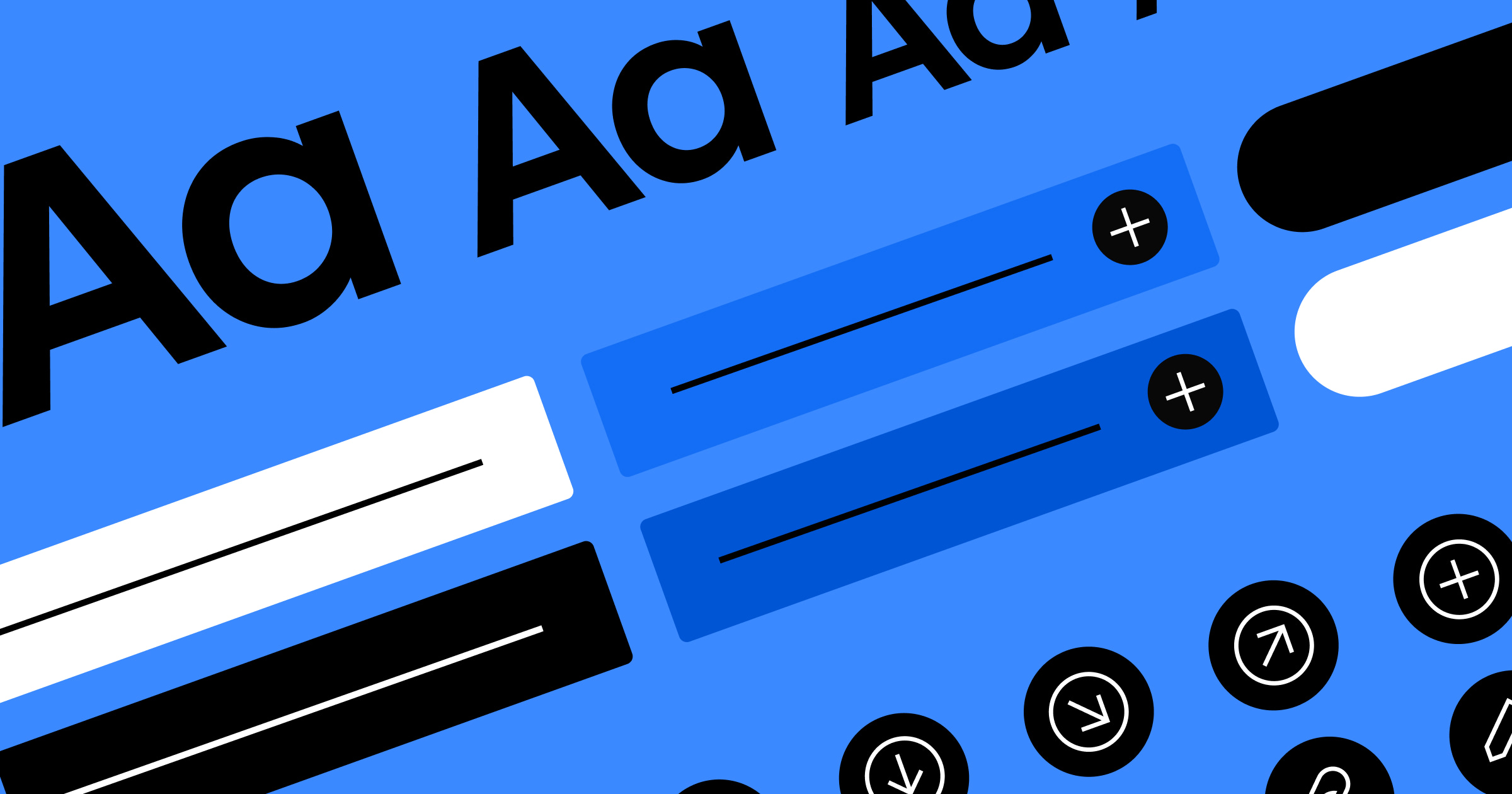Validate your website’s usability with tree testing.
Tree testing reveals how participants interact with your website’s navigation structure and provides valuable insights into browsing behaviors and thought processes. You can use this tactic to map out user paths and identify points of confusion or inefficiency.
Whether you’re launching a new product, redesigning your layout, or optimizing existing navigation, tree testing ensures your website feels as intuitive as possible and delivers a user experience (UX) in sync with user expectations.
What’s tree testing for websites?
Tree testing in UX design is a usability technique for checking a website structure’s clarity and findability, primarily for navigation. By presenting test groups with a simplified version of the site’s structural hierarchy, stripped of any design elements or content, tree testing focuses solely on the labels and organization of essential information, like section or item names.
It helps you gauge how user-friendly an interface is and how quickly first-time visitors can find what they need.
Here’s how a typical tree test works:
- Give participants tasks and ask them to find information or locate items within the website’s structure.
- They navigate through the hierarchy, or the tree, and choose routes they believe will lead them to the correct destination.
- The results reveal improvement areas — where participants take wrong turns, feel confused, or experience delays.
Tree testing is best for the early stages of website design. It allows you to identify and fix navigation issues before investing time and resources into full-scale development. Then, you can optimize the information architecture to create a user-friendly and engaging experience.
Tree testing vs. card sorting
Tree testing is also known as reverse card sorting. It’s a task-based activity where you ask participants to locate specific information on a website. Your primary goal is to identify their difficulties navigating the site’s layout and fix those areas to create better structures.
On the other hand, card sorting involves understanding how people naturally categorize information. You give participants cards that represent a piece of content or feature on your site, then ask them to arrange the cards in a way that makes sense to them.
There are two main types of card sorting:
- Open sorting: Participants create their own categories
- Closed sorting: Participants sort cards into predefined groups
With either approach, you’ll better understand the participants’ mental models, which helps you create more user-friendly and accessible site structures.
While tree testing measures a preexisting structure’s usability, card sorting helps you create or revamp a layout based on user input. Whether you opt for one or both, these techniques guide your design process to improve user experiences.
When to use tree testing
Tree testing is a versatile usability technique to use in various scenarios, including:
- Launching new products. When launching a new product, you must ensure a user-friendly navigation structure so people can quickly find key features and information like pricing and release dates. Tree testing validates the initial hierarchy and allows you to find and address issues before moving to the site’s final iteration.
- Redesigning or migrating websites. Your site’s existing layout undergoes a significant change during a redesign or migration. Tree testing checks whether the new structure meets user expectations and improves upon the previous version for a smoother transition.
- Following a card sorting study. After a card sorting study to understand how participants naturally organize information, tree testing is the next step to validate your architecture. This sequential approach allows you to create sites based on real feedback — card sorting reveals users’ mental models, while tree testing ensures the resulting structure is functional and navigable.
- Before creating content or layouts. Tree testing confirms that a site’s foundational structure is user-friendly, allowing you to work within a practical framework. Testing ahead of time reduces the need for significant changes later, saving time, resources, and energy.
- Optimizing existing structures. Even after your website goes live, you can tree test its layout to measure its suitability to current demands and identify areas for improvement. Incorporate this tactic into your regular workflow as an ongoing website optimization checkup to keep the navigation user-friendly and responsive to changing behaviors.

The marketer’s website
Our free ebook exclusively for marketers. Discover how no-code eliminates developer bottlenecks and empowers modern marketing teams to truly own the website.
How to perform a tree test: 5 steps
Here’s how to conduct a tree test to gain reliable insights into your site’s navigation and usability.
1. Develop a user research plan
Establish a clear project scope so your team knows their roles and what the tree test aims to achieve. This includes defining your target audience, setting a timeline, allocating resources, and deciding how to recruit participants.
Your goal might be to ensure visitors can quickly find documentation, troubleshooting guides, and customer support. You can target existing customers or recruit participants by sending email invitations.
2. Prepare questions and tasks
Create practical tasks that mimic real-world goals, like “Find the user manual for the latest software update” or “Locate the customer support page.” These tasks guide participants through the tree and test their ability to find specific information.
Tips:
- Ensure the assignments are unambiguous (you don’t want confusion you could’ve avoided to muddle your data).
- Ask participants to fill out a survey for additional feedback.
3. Outline the tree structure
Create a stripped-down version of your site’s layout using wireframes and prototyping tools. Focus on a logical hierarchy with labels and exclude design elements.
For example, the tree structure for the customer support portal might look like this:
- Home
- Documentation
- User manuals
- API documentation
- Whitepapers
- Documentation
- Troubleshooting
- Common issues
- Error codes
- System status
- FAQs
- Contact support
- Email support
- Mobile support
- Live chat
When building a basic navigation structure, focus on the main categories and subcategories. Ensure each subcategory logically flows from its parent, and keep paths consistent across the layout. You can also conduct a competitive analysis to see how competitors structure their websites.
4. Test with users
Conduct the tree test with participants and ask them to perform the tasks. Observe their navigation paths and note difficulties they experience between the first action and final checkpoint.
Tip:
- Brief participants about the tasks but avoid any further information to ensure an authentic first-time navigation experience.
5. Review data
Analyze the insights from the test to find each participant’s success rate, time taken, and paths. Use this information to improve the navigation structure.
For example, the data might show that participants struggled to find FAQs and often looked for it under “Documentation” and “Contact support” instead of “Troubleshooting.” In this case, consider renaming or moving sections to improve clarity.
Tips:
- Identify common points of failure or confusion.
- Study participant feedback for additional insights.
- Reconduct the test with other participants for a larger sample size.
Optimize your website’s navigation with Webflow
No matter how high ranking or well performing your website is, you can always conduct tree tests to improve navigation. With changing trends and preferences, tree testing reveals where your site falls short and helps you create more intuitive experiences.
After performing a tree test and gathering results, you must translate those insights into a visually appealing, user-friendly website. With Webflow Enterprise, you can leverage a visual-first design platform with robust UI/UX tools. Plus, your whole team — developers, designers, marketers, and editors — can work on shifting and improving content with a comprehensive CMS.
Build, ship, and manage websites without relying on developers and scale your site today.

Webflow Enterprise
Trusted by over 300,000 of the world’s leading brands, Webflow Enterprise empowers your team to visually build, manage, and optimize sophisticated web experiences at scale — all backed by enterprise-grade security.































